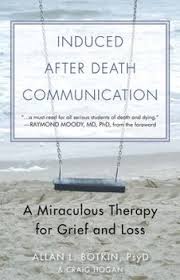New Scientific Evidence Suggests That Life Continues After Death
The mystery of what happens to our consciousness after death has preoccupied man since he was first able to philosophise. Most of the world’s religions are based around the premise that our souls continue to live after our physical demise, most suggesting that we go on to inhabit a heavenly place in the care of a deity or higher being. Science, however, has always questioned the existence of a God or a Heaven on the grounds that it is essentially a fantastic concept that would be impossible to prove beyond a reasonable doubt.
Or would it? A new study claims to have found credible and statistically significant evidence that there is a life after death.
read more
